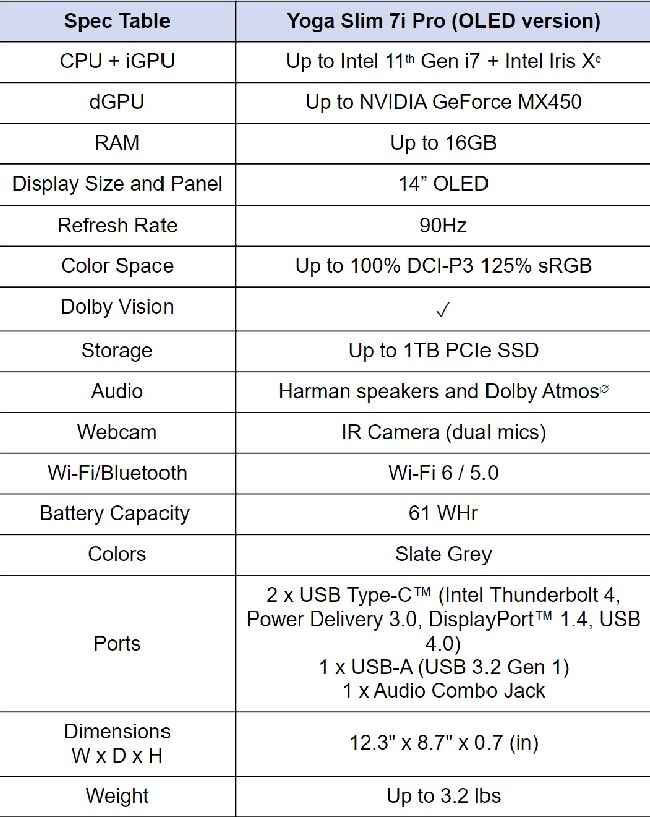OnePlus Band has made its debut in India kickstarting the company’s wearables journey and sets the stage for the much-rumoured OnePlus Watch. The OnePlus fitness band goes up against the might of the Xiaomi Mi Smart Band 5 that was launched in September 2020 in India.
The smart wearable segment in India has seen a wave of fitness bands launches in the past few months and now OnePlus has joined the bandwagon. The OnePlus Band is affordable and has features like a SpO2 monitor, OnePlus Health companion app, to name a few. The Mi Smart Band 5 is no slouch either with its personal health assistant called PAI and women’s health tracking features.
As such, it can get a bit confusing if you are looking to choose between the OnePlus Band and Mi Smart Band 5. Here we list out the key differences between the two and have a look at the features offered by both the smart bands.
OnePlus Band vs Mi Smart Band 5 pricing
The OnePlus Band and the Mi Smart Band 5, both are priced at Rs 2,499 in India. The Xiaomi fitness band is available online as well as offline stores while the OnePlus Band will go on sale from January 13 across online and offline channels in India.
OnePlus Band vs Mi Smart Band 5 features
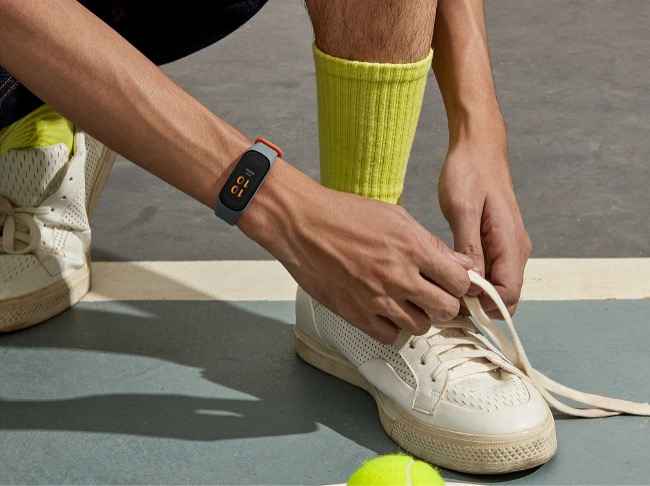
Looking at the on-paper specifications, the OnePlus Band and the Mi Smart Band 5 have a lot in common which doesn’t make it any easier to choose between the two. Both the fitness bands feature a 1.1-inch AMOLED touch display with a 294 x 126 pixels resolution and adjustable brightness controls.
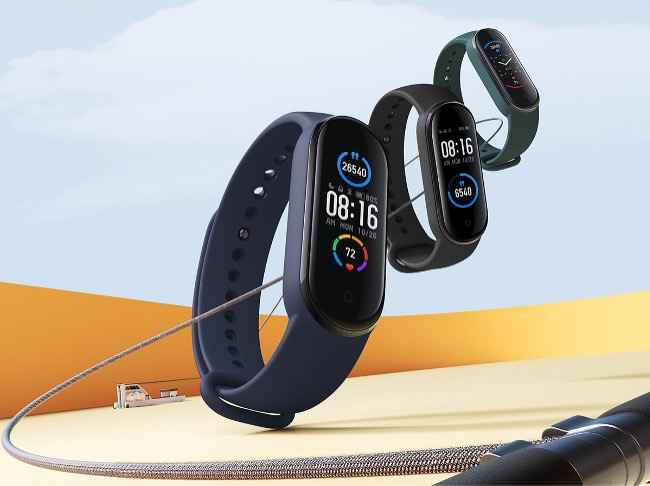
The OnePlus Band and Mi Smart Band have a removable main tracking unit, so it can be paired up with different coloured straps available separately. The OnePlus fitness band weighs 10.3 grams while the Mi Smart Band 5 weighs 11.9 grams. OnePlus offers straps in two additional colours including Navy and Tangerine Gray while Xiaomi offers the Mi Smart Band 5 in four additional colours: Teal, Purple, Navy Blue and Orange.
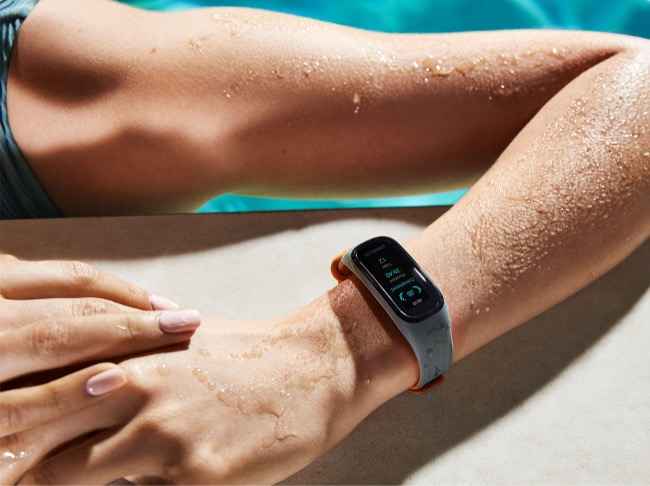
The OnePlus Band is sweat and water-resistant as it has received the 5ATM and IP68 certification while the Mi Smart Band 5 is also 5ATM certified. A 5ATM rating means that the fitness band is resistant to 50 metres underwater, but it is still not suitable for high-pressure water activities. OnePlus advises not to use the fitness Band in seawater but does have a Swimming preset mode.
OnePlus Band is equipped with a SpO2 blood-oxygen saturation monitor, an optical heart rate sensor, 3-axis accelerometer and a gyroscope. Meanwhile, the Mi Smart Band 5 misses out on the SpO2 sensor but has a PPG heart rate sensor, 3-axis accelerometer and gyroscope.
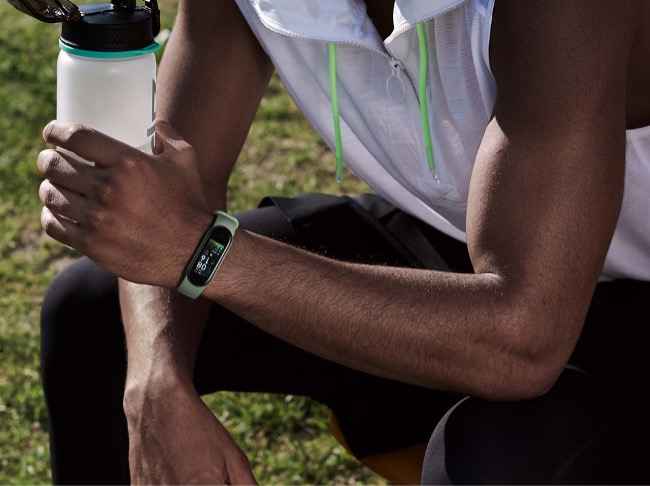
Both the fitness bands connect to a smartphone over Bluetooth 5.0 with the OnePlus Health app for the Band and Mi Fit app for the Mi Smart Band 5. The OnePlus Band offers 13 dedicated presets for exercises including Outdoor Run, Indoor Run, Fat Burn Run, Outdoor Walk, Outdoor Cycling, Indoor Cycling, Elliptical Trainer, Rowing Machine, Cricket, Badminton, Pool Swimming, Yoga, Free Training. Xiaomi also offers 11 sports modes that include presets for running, cycling, swimming, yoga and more.
The OnePlus Band and the Mi Smart Band 5, both can track and monitor real-time heart rate, sleep cycle and more. The companion apps provide users with analysis on their vitals, and they can make adjustments in their routine accordingly. Users can also change preferences, watch faces and tweak more settings through the respective companion apps including music playback control, call notifications and Find my phone to name a few.
OnePlus and Xiaomi both claim a 14-day (two weeks) battery life for their respective fitness bands with the OnePlus Band being equipped with a 100mAh battery while the Mi Smart Band 5 is equipped with a slightly larger 125mAh battery.
So that’s how both the fitness bands look on paper and some major differences include the presence of a SpO2 sensor on the OnePlus Band that uses red and infrared light sensors to show you how much oxygen has been absorbed by your body in just a few taps. The Mi Smart Band has a slightly bigger battery, but it also offers 14-day battery life in normal mode and can last three weeks in power saving mode. Other than that, both the fitness band look solid with a decent set of features especially the SpO2 sensor at an affordable price.

from Latest Technology News https://ift.tt/3i3ZL4Q
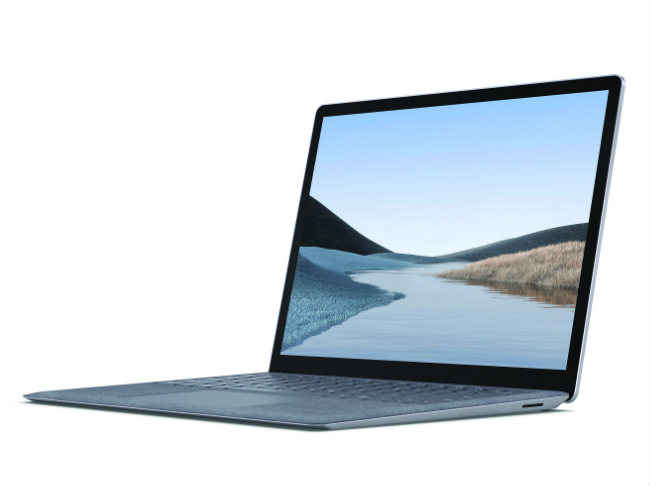
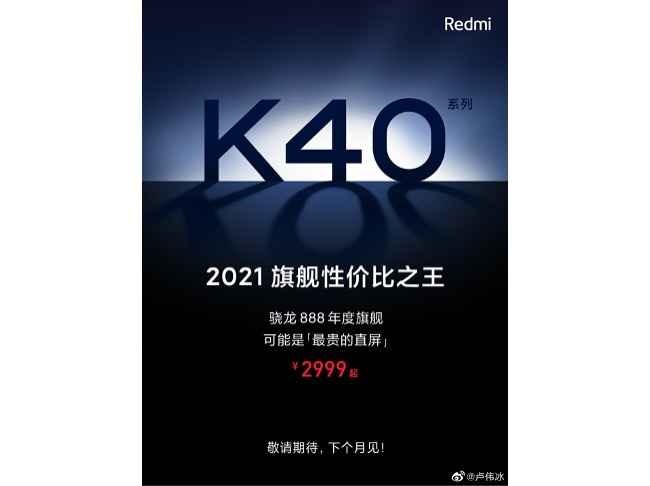
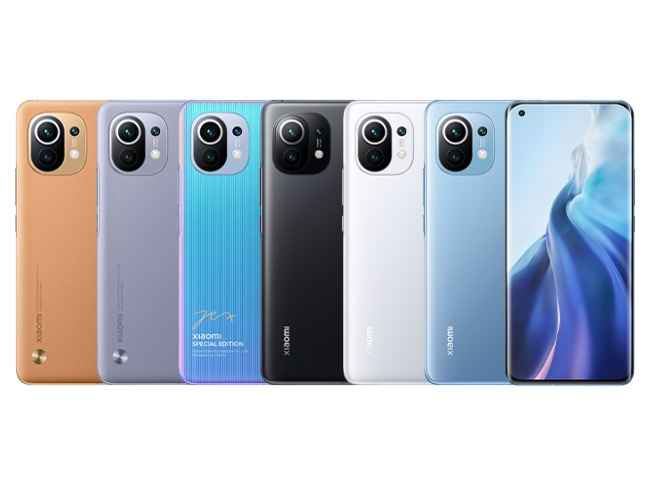




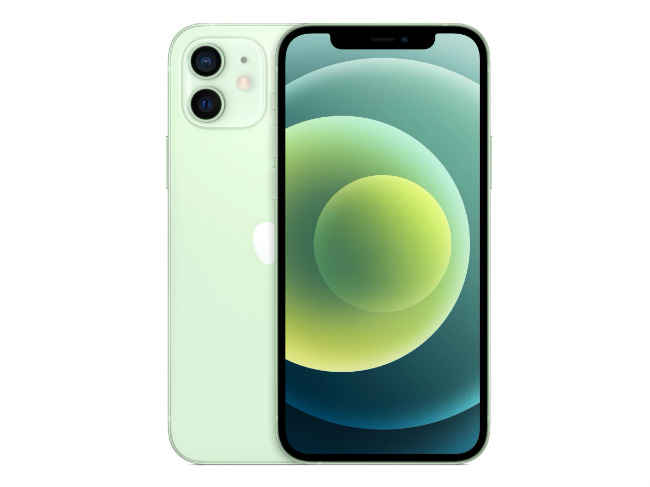
 As per the information given in the poster, the new Black Shark phone comes with a 4,500 mAh battery, and for the first time, the brand will introduce 120W fast charging in their lineup. The poster also mentions that it can be charged completely in less than 15mins. Currently, there is no more information available about the product. Last year the brand teased the Black Shark 3 in Feb and released the phone later in July. The leaks of the new phone hint that the phone might launch in early 2021. The last phone released from Black Shark was the Black Shark 3S, which debuted in the latter half of 2020 and came with 65W fast charging along with top of the line specs such as Snapdragon 865 SoC, 12GB of RAM, and a 4720 mAh battery.
As per the information given in the poster, the new Black Shark phone comes with a 4,500 mAh battery, and for the first time, the brand will introduce 120W fast charging in their lineup. The poster also mentions that it can be charged completely in less than 15mins. Currently, there is no more information available about the product. Last year the brand teased the Black Shark 3 in Feb and released the phone later in July. The leaks of the new phone hint that the phone might launch in early 2021. The last phone released from Black Shark was the Black Shark 3S, which debuted in the latter half of 2020 and came with 65W fast charging along with top of the line specs such as Snapdragon 865 SoC, 12GB of RAM, and a 4720 mAh battery. 